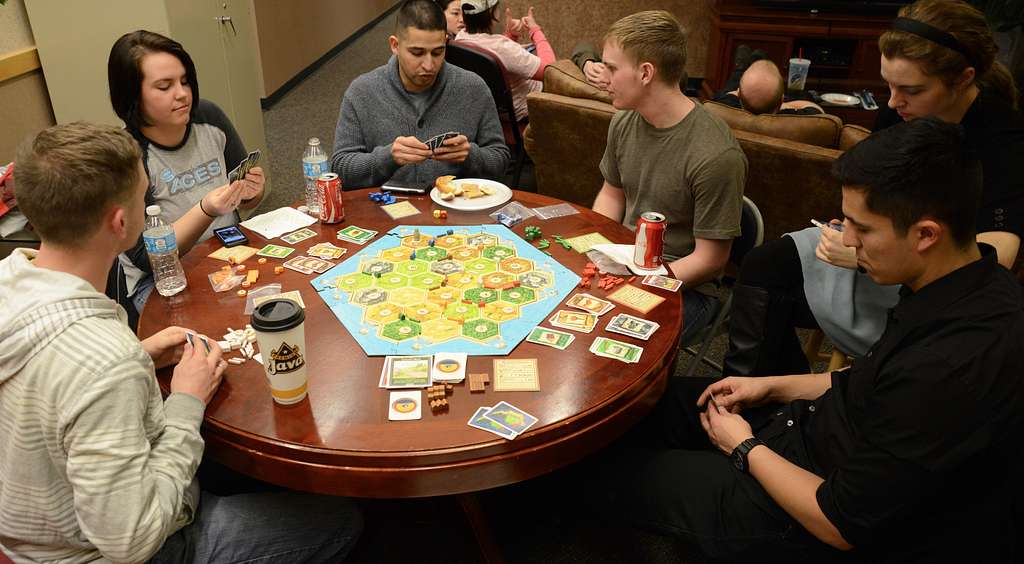Dungeons & Dragons (D&D) has captivated the imaginations of players for decades, offering a unique blend of storytelling, strategy, and creativity. This beloved tabletop role-playing game has a rich history and has evolved significantly since its inception. In this blog post, we’ll explore the history of D&D, explain its core mechanics, discuss what makes a good character and Dungeon Master, and reflect on the game’s enduring appeal.
A Brief History of Dungeons & Dragons
Dungeons & Dragons was created by Gary Gygax and Dave Arneson and first published in 1974 by Tactical Studies Rules, Inc. (TSR). The game was revolutionary, combining elements of traditional wargames with storytelling and role-playing. It quickly gained popularity, spawning numerous editions, expansions, and adaptations.
The original D&D set laid the foundation for what would become a global phenomenon. Throughout the 1980s and 1990s, the game evolved through various editions, each refining and expanding the rules. In 1997, Wizards of the Coast acquired TSR, and in 2000, they released the third edition of D&D, which introduced the d20 system. This system became the standard for many other role-playing games.
In 2008, the fourth edition brought significant changes, but it was the release of the fifth edition in 2014 that truly revitalized the game. Fifth edition streamlined the rules, making the game more accessible while preserving its depth. Today, D&D continues to thrive, bringing together new generations of players and expanding into other media, including novels, video games, and a forthcoming movie.
The Mechanics of Dungeons & Dragons
Dungeons & Dragons is a game where players create characters and embark on adventures in a fantasy world guided by a Dungeon Master (DM). The game is built around storytelling, with players describing their actions and the DM narrating the outcomes.
Character Creation: Players begin by creating their characters, choosing from a variety of races (such as humans, elves, and dwarves) and classes (such as fighters, wizards, and rogues). Each character has attributes like strength, dexterity, and intelligence, which influence their abilities. Players also choose skills, spells, and equipment, and develop a backstory that gives their character depth and motivation.
Dice Rolling: The game uses a variety of polyhedral dice, with the 20-sided die (d20) being the most common. Players roll dice to determine the outcomes of their actions, such as attacking an enemy, casting a spell, or persuading a non-player character (NPC). The results are modified by the character’s abilities and skills, and compared to difficulty checks set by the DM.
Gameplay: During the game, the DM describes the setting and events, while players describe their characters’ actions. This collaborative storytelling is punctuated by dice rolls that add an element of chance and excitement. Combat is turn-based, with players and NPCs taking turns to move, attack, and use abilities. The game progresses through a mix of exploration, social interaction, and combat, driven by the players’ choices and the DM’s narrative.
What Makes a Good Character and Dungeon Master
Good Character: A good character is more than just a collection of stats and abilities. A well-developed character has a rich backstory, clear motivations, and distinctive personality traits. Players should think about their character’s goals, fears, and relationships. Engaging role-playing brings the character to life and enhances the overall game experience. Flexibility and a willingness to collaborate with other players are also key traits, as D&D is a team-oriented game.
Good Dungeon Master: A good DM is the cornerstone of a memorable D&D game. The DM needs to be a skilled storyteller, able to create immersive worlds and compelling narratives. They must balance preparation with improvisation, adapting to the players’ actions and keeping the story flowing. Fairness and consistency in applying the rules are important, as is fostering a collaborative and inclusive atmosphere. A good DM listens to their players, encourages creativity, and ensures everyone has a chance to shine.
Conclusion
Dungeons & Dragons is more than just a game; it’s a creative outlet, a social experience, and a journey into the imagination. With its rich history, accessible mechanics, and emphasis on storytelling and collaboration, D&D has brought friends together for decades. Whether you’re a seasoned player or new to the game, D&D offers endless possibilities for adventure and camaraderie.
By understanding its history, mechanics, and the qualities that make for engaging characters and DMs, players can fully appreciate the depth and magic of Dungeons & Dragons. So gather your friends, roll some dice, and embark on a quest that will create memories to last a lifetime.


Leave a Reply